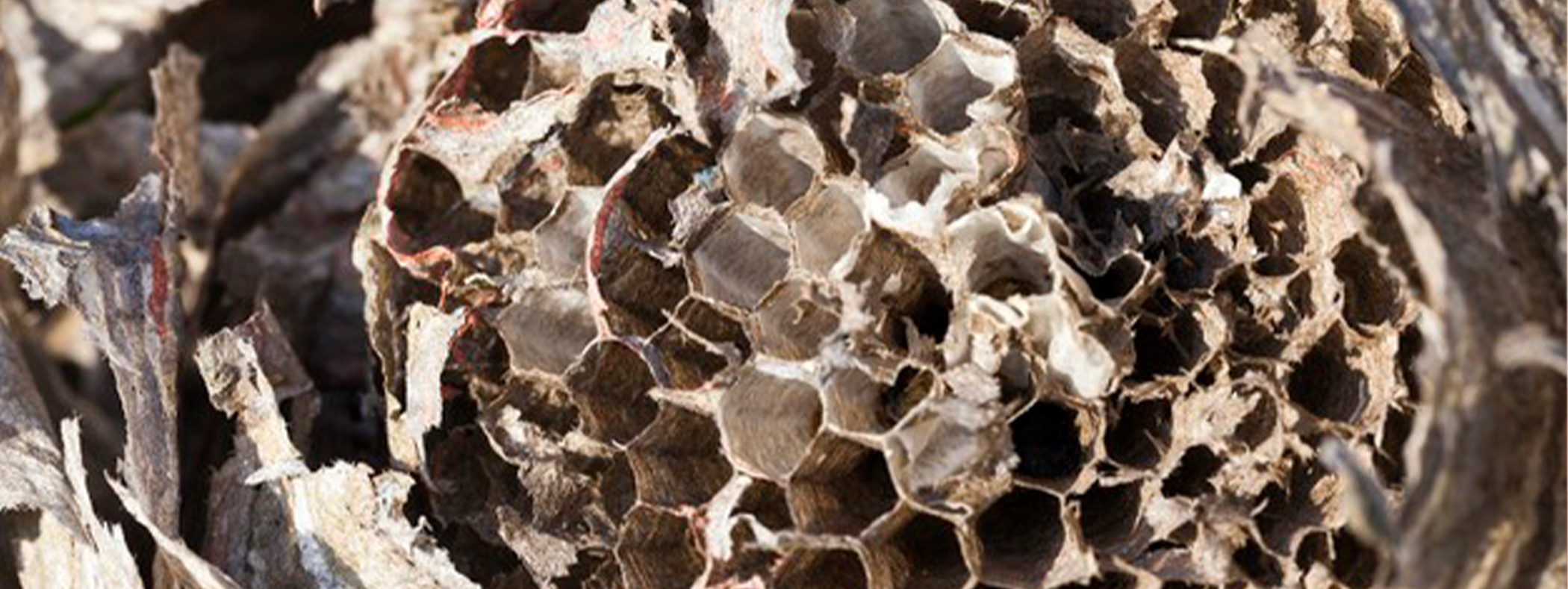 Although many people may be able to identify a wasp nest when they come across one, the layout of the nest and the lifestyle of its inhabitants are less familiar. Consider a handful of interesting facts that may leave you better prepared to spot, observe, and respond to wasp nests in the future.
Although many people may be able to identify a wasp nest when they come across one, the layout of the nest and the lifestyle of its inhabitants are less familiar. Consider a handful of interesting facts that may leave you better prepared to spot, observe, and respond to wasp nests in the future.
 Although many people may be able to identify a wasp nest when they come across one, the layout of the nest and the lifestyle of its inhabitants are less familiar. Consider a handful of interesting facts that may leave you better prepared to spot, observe, and respond to wasp nests in the future.
Although many people may be able to identify a wasp nest when they come across one, the layout of the nest and the lifestyle of its inhabitants are less familiar. Consider a handful of interesting facts that may leave you better prepared to spot, observe, and respond to wasp nests in the future.

